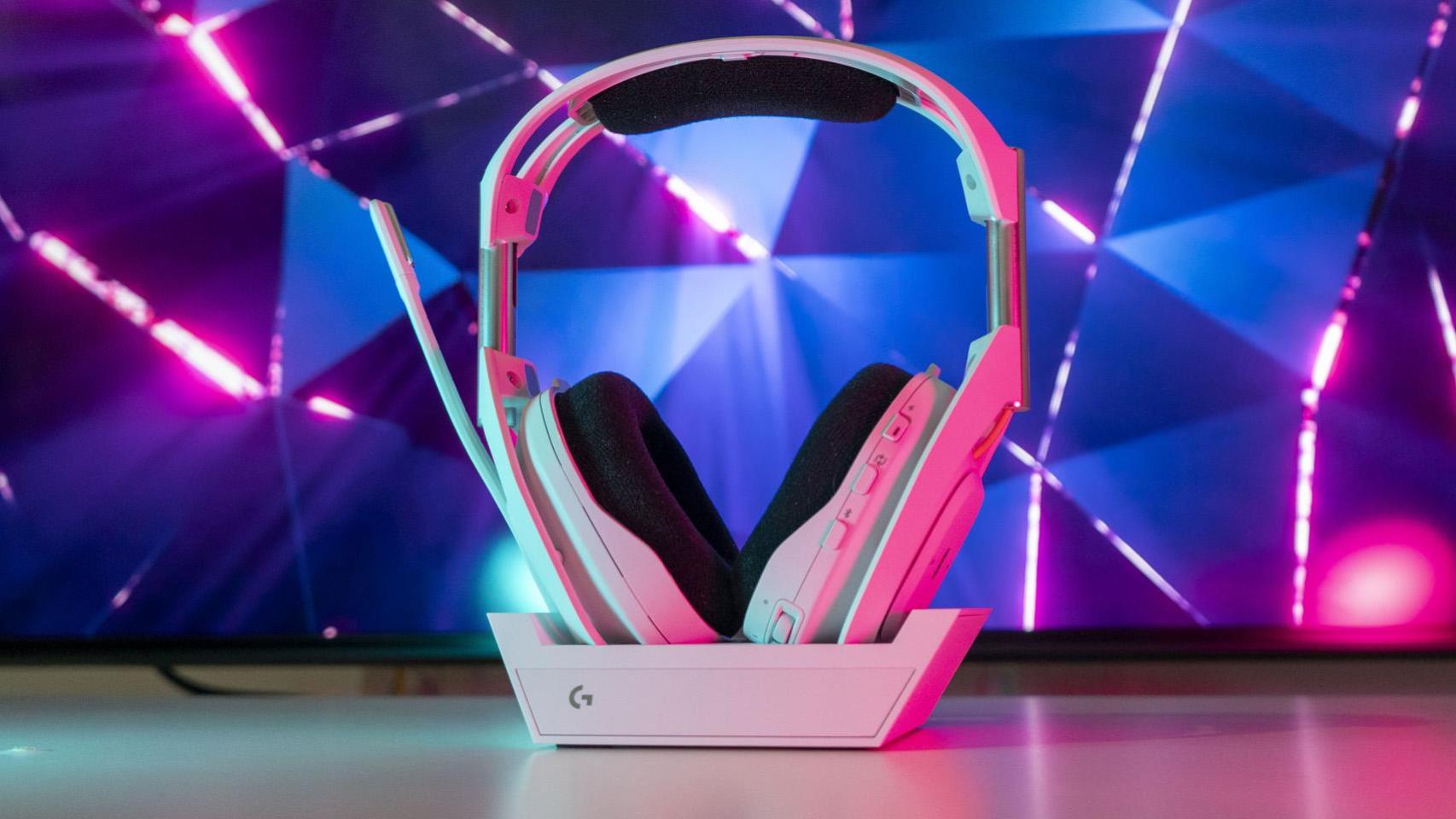We live in a time when, despite the existence of malware for Android, it is not so necessary to have an antivirus on your mobile. And this is largely due to the Google security policies and more specifically to the Play Protect certificate.
Generally speaking, it is a certificate compatible with Google services and ensures that your mobile is safe. The vast majority of Android devices have it, although there are exceptions. Below, we’ll tell you how to check if yours has it and how it works to protect your device.
What does Play Protect mean and how to know if your mobile has it
We will start from the end, which is whether your device has this certification or not. In general, you will be told that it has, since all manufacturers include it and we only find exceptions if you installed a system ROM or if it is imported. However, there is a Google list where you can check whether your terminal is found or not. Although we insist, if you changed the ROM, you might have lost the certificate.

Query Google Play Play Protect certificate
Another option to check if you have the certificate is to go to Google Play, click on your photo, then go to Settings and unfolding the section of Information. In this section you have to look at the bottom where it says “Play Protect Certification”, because below it will be indicated whether your device is certified or not.
And what does it mean to be certified? Well, according to what Google itself says, your device includes all the apps and services licensed by Google. It also means that the terminal has successfully passed an Android compatibility test.
Not having this certification carries certain risks like, as a rule, you don’t have a secure system. And it’s that you can’t receive system updates, or apps and services, so you will not have security patches that the company releases periodically to ensure the security of its mobile operating system.
Likewise, it is possible that other functions are not available, like backup. The terminal may not even be able to run applications correctly, regardless of where they were downloaded.
Play Protect is the key to making Android a secure system

If you keep an eye on malware news, you will know that lately there have been a few cases of viruses that end up infecting Android and often go through apps on Google Play. However, Normally Google Play is a secure repository.
The fact that a mobile device has a Play Protect certificate and can download apps from Google Play implies that the company itself is behind these exposed apps. Thus, they establish a series of security requirements and filters that prevent malicious apps from getting through
In fact, if we look at the recently discovered malware in Google Play apps, we can see that the apps as such are really safe and ready to use. And it is that cybercriminals take advantage of another operating mode to sneak into their Trojans.
Yes, there are Google Play apps that contain malware. However, this is not the norm and Google is moving quickly to remove malicious apps.
The most widespread and for which Play Protect is ultimately indifferent, is that in which applications ask the victim to download an alleged update. East runs on servers outside of Google, so it comes out at the end of the company filters. In fact, they often feature download interfaces that mimic Google Play to gain reliability, but it’s not Google.
However, Google’s security policies are rigid in this regard and obviously do not allow this type of application which indirectly ends up posing a risk to the user. And although apps of this style eventually sneak in, the company remove them from your store
Play Protect isn’t everything. There are other ways to protect yourself
Just as an antivirus may not be enough to protect your mobile, Play Protect is also not an absolute guarantee of security. It’s important, but in the end user performance is key. See the case of permissions granted to applications.
Applications can request permissions of all kinds, such as access to the camera, contacts, reading SMS, notifications… In themselves they are not dangerous and are in fact a good necessary to prevent applications from having standard access to all our information. . To give two examples, it is understandable and necessary for a camera application to request access to the camera. However, it is not so much that it is requested by an application aimed at preventing phone spam.
Well, continuing with the second example, there are rogue apps that take advantage of the permissions granted to them commit their misdeeds. Some permissions open the door to malware: reading text messages, accessibility, notifications, and even app overlays.
Similarly, downloading APKs outside of Google Play is also a risk. This does not mean that there are no trusted repositories to download APKs for Android, but you should be more careful because Play Protect does not certify the security of applications that are outside the Google store.









